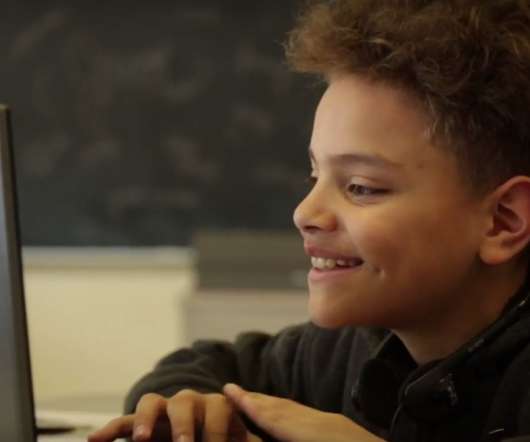Technology overuse may be the new digital divide
The Hechinger Report
OCTOBER 23, 2017
For years policymakers have fretted about the “digital divide,” that poor students are less likely to have computers and high-speed internet at home than rich students. When it comes to mobile devices, such as smartphones or tablets, the gap has virtually vanished.























Let's personalize your content